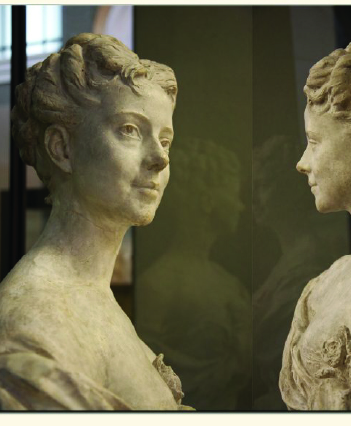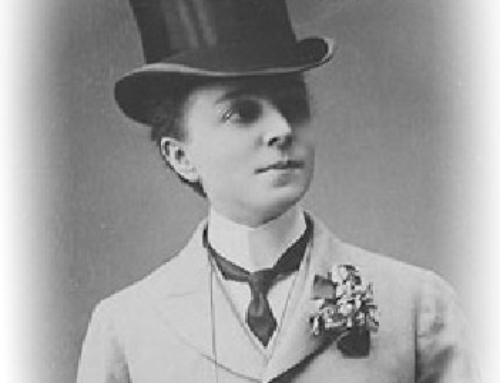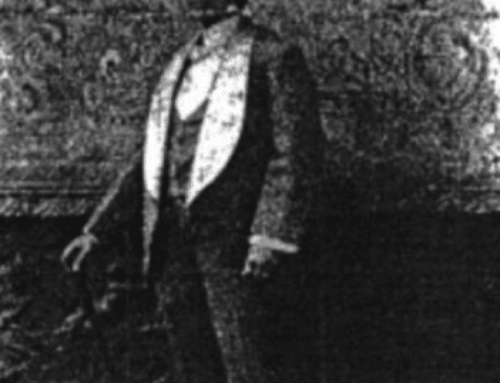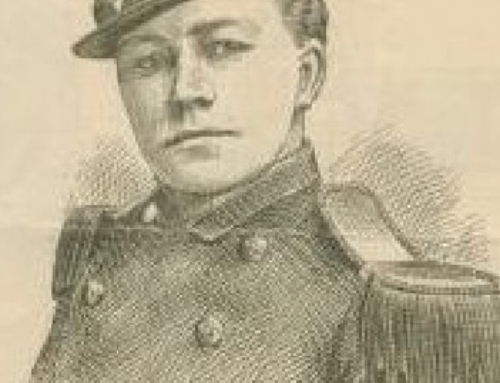
Years active
1864 – 1975
Stage Name(s)
Eugenie Fiocre
Category
En Travasti
Country of Origin
France
Birth – Death
1845 – 1908
Bio
Eugenie Fiocre was a principal ballet dancer in the Paris Opera. She was known for her beauty, grace and talent. She often took on male roles called en travesti due to the shortage of male dancers. This gave her the opportunity to showcase her range as a performer and to show off her phenomenal figure as men’s breeches worn on women were quite revealing.
Fiocre’s most famous role was playing Franz in Coppelia, a comic ballet, originally choreographed by Arthur Saint-Léon to the music of Léo Delibes, with libretto by Charles-Louis-Étienne Nuitter. It premiered on May 25,1870 at the Théâtre Impérial l’Opéra (now called The Paris Opera House). It became the most performed ballet at the Opéra.
Quickly, she became the muse to many artists. Created specifically for her, Eugenie was the leading lady in La Source choreographed by Arthur Saint-Léon and composed by Léo Delibes. Edgar Degas painted a scene of her from this play which now hangs in the Brooklyn Museum, New York. Jean-Baptiste Carpeaux sculpted a bust of her which resides in Musee D’Orsay in Paris, France.
In 1854, French photographer André Adolphe-Eugène Disdéri patented carte-de-visite which was a small photographic image mounted on a card. Thanks to his ingenuity we have the photo of Eugenie dressed as a matador circa 1860. Eugenie wasn’t the only woman to perform en travesti yet she was one of the most renowned. We know this as Disdéri photographed several other actresses en matador during the 1860’s, including Henriette Schlosser, Blanche Montaubry, Mlle. Simono and Mlle. Mousselet.
It is Eugenie’s infamous role as Franz in Coppelia that compel others today to fear not and perform en travesti.
(Submitted by Drag King Flare of Toronto, Canada)







